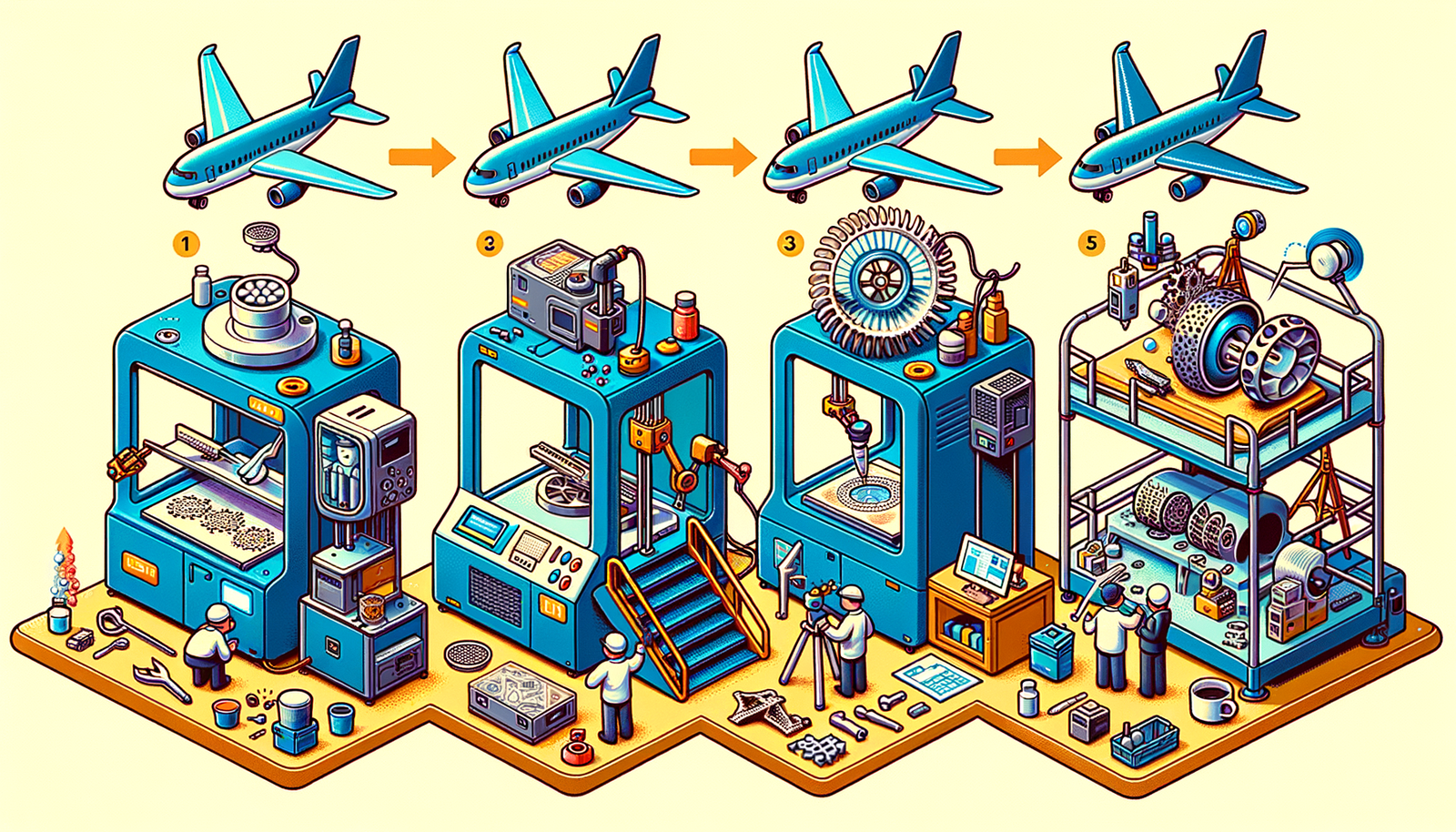Your Cart is Empty
Customer Testimonials
-
"Great customer service. The folks at Novedge were super helpful in navigating a somewhat complicated order including software upgrades and serial numbers in various stages of inactivity. They were friendly and helpful throughout the process.."
Ruben Ruckmark
"Quick & very helpful. We have been using Novedge for years and are very happy with their quick service when we need to make a purchase and excellent support resolving any issues."
Will Woodson
"Scott is the best. He reminds me about subscriptions dates, guides me in the correct direction for updates. He always responds promptly to me. He is literally the reason I continue to work with Novedge and will do so in the future."
Edward Mchugh
"Calvin Lok is “the man”. After my purchase of Sketchup 2021, he called me and provided step-by-step instructions to ease me through difficulties I was having with the setup of my new software."
Mike Borzage
Design Software History: From Basic Listings to Immersive Experiences: The Evolution of Design Software in E-commerce
August 05, 2024 3 min read


The Early Days of Design Software in E-commerce
Introduction to E-commerce Platforms
The end of the 20th century witnessed a significant shift in the way consumers shopped, marking the rise of e-commerce platforms. Initially, the internet served as a marketplace for basic product listings and textual descriptions. However, as e-commerce grew, businesses faced numerous challenges in terms of product visualization and customization. These aspects were critical for appealing to a more visual and demanding consumer base who sought confidence in their online purchases.
Primitive Design Tools
In the early stages, e-commerce platforms experimented with basic design tools to enhance product listings. Companies like eBay and Amazon started integrating rudimentary image editing and display tools that allowed sellers to upload and manage product images. These early attempts were essential in laying the groundwork for more sophisticated design software. However, these tools had several limitations and inefficiencies, such as poor image resolution and lack of interactive features. Despite these setbacks, they marked the beginning of a new era in online retail.
Advancements in Visualization and Customization Tools
Development of 3D Modeling Software
The early 2000s saw the introduction of more advanced 3D modeling tools, which revolutionized product visualization in e-commerce. Leading companies like AutoDesk and Dassault Systèmes began developing software that enabled businesses to create detailed 3D models of their products. These tools were initially used in industries like architecture and engineering but soon found applications in e-commerce. The shift to 3D modeling allowed online retailers to offer a more immersive and informative shopping experience, enhancing user engagement and satisfaction.
Interactive Product Customization
The evolution of interactive design tools played a significant role in the e-commerce landscape, enabling customers to personalize products according to their preferences. Companies like Nike introduced custom design platforms such as 'Nike By You' that allowed users to customize footwear and apparel. These web-based design tools not only improved customer engagement but also provided valuable insights into consumer preferences and trends.
- Enhanced customer engagement through personalization.
- Increased sales and customer loyalty.
- Valuable insights into consumer preferences.
The Role of AR and VR in Modern E-commerce
Integration of Augmented Reality (AR) and Virtual Reality (VR)
The advent of Augmented Reality (AR) and Virtual Reality (VR) marked a significant transformation in the online shopping experience. Pioneering companies like IKEA introduced AR apps that allowed customers to visualize furniture in their own homes before making a purchase. These technologies bridged the gap between online and in-person shopping, providing a more tangible and engaging experience. However, integrating AR and VR with e-commerce platforms posed several technological challenges, including ensuring compatibility with various devices and maintaining seamless performance.
Impact on Consumer Behavior
Studies have shown that AR and VR significantly influence purchasing decisions and customer satisfaction. E-commerce giants have successfully implemented AR/VR campaigns to create immersive shopping experiences, leading to increased conversion rates and customer loyalty. These technologies have not only enhanced the online shopping experience but also set new standards for consumer expectations.
- Increased conversion rates.
- Enhanced customer satisfaction.
- New standards for consumer expectations.
Future Trends and Innovations in E-commerce Design Software
Artificial Intelligence and Machine Learning
The rise of AI-powered design tools has brought a new level of personalization to the online shopping experience. Companies like Adobe have been at the forefront of integrating AI into design software, enabling features such as AI-driven product recommendations and personalized design suggestions. These innovations have made it possible for e-commerce platforms to offer more tailored and engaging shopping experiences, ultimately driving sales and customer loyalty.
Cloud-Based Design Solutions
As e-commerce continues to evolve, there has been a significant shift towards cloud-based design software. These solutions offer numerous benefits, including scalability, real-time updates, and enhanced security. Cloud-based platforms facilitate collaboration among teams, allowing for more efficient workflow and faster time-to-market for new products.
Sustainability and Ethical Design
Modern design software is increasingly incorporating sustainable practices to address the growing concern for environmental impact. E-commerce platforms are adopting eco-friendly design methods, such as using sustainable materials and minimizing waste. These practices not only appeal to environmentally conscious consumers but also contribute to a more sustainable future.
Closing Thoughts
The evolution of design software has had a transformative impact on e-commerce, enhancing product visualization, customization, and overall customer experience. As we look to the future, the integration of emerging technologies such as AI, AR, and VR will continue to shape the landscape of online retail, offering even more innovative and engaging shopping experiences.
Also in Design News

Design Software History: The Evolution of 3D Printing in Aerospace: From Prototyping to Production
November 27, 2024 7 min read
Read More
Cinema 4D Tip: Optimizing Workflow with Team Render in Cinema 4D
November 27, 2024 2 min read
Read MoreSubscribe
Sign up to get the latest on sales, new releases and more …



